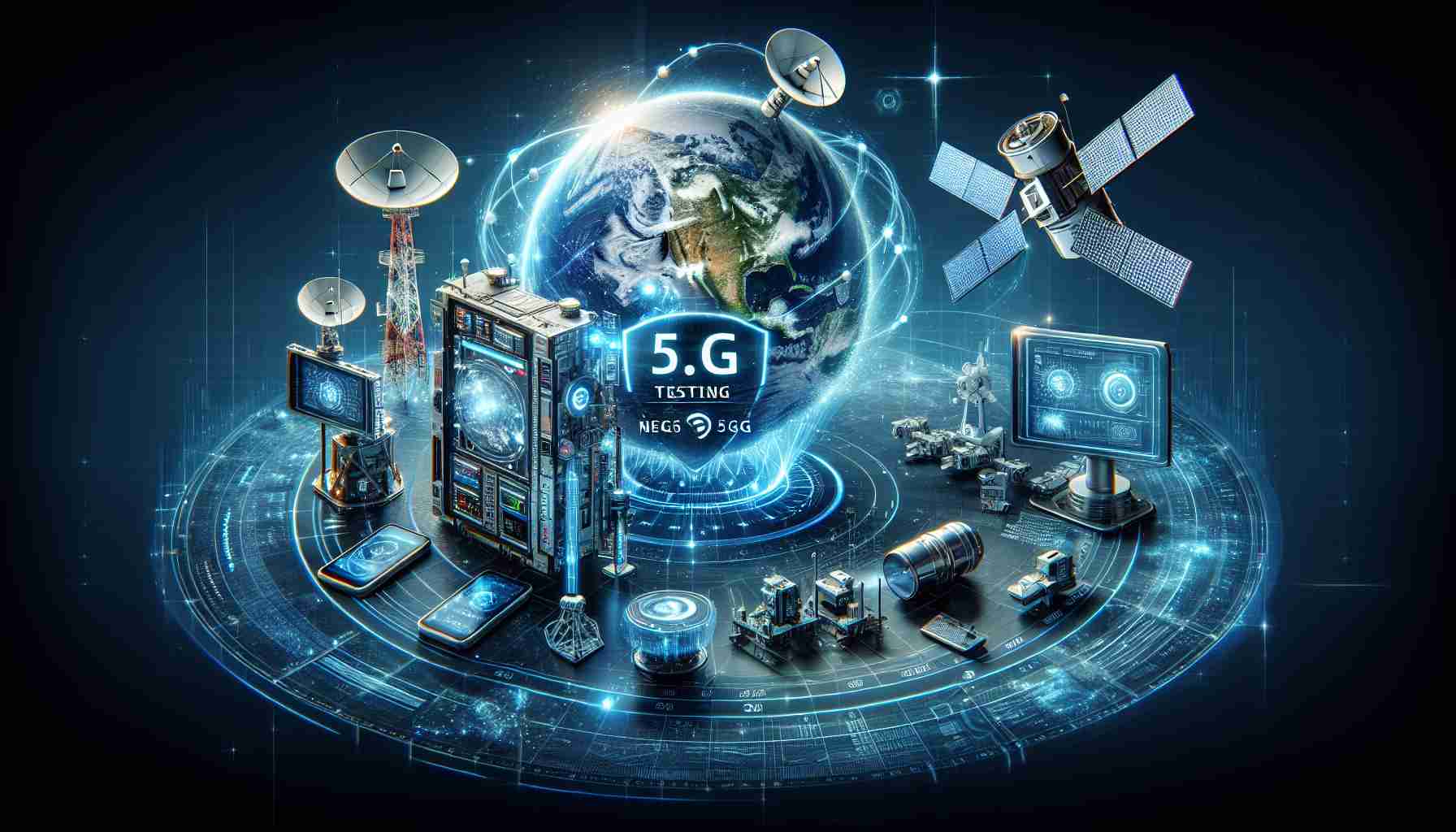Revolutionizing Connectivity
The horizon of mobile connectivity is witnessing the rise of 5.5G networks, which are expected to provide an unparalleled digital experience that is interactive and immersive. Currently under global testing, these networks promise to deliver speeds up to ten times faster than the already fast 5G networks, opening new avenues for a digitized world projected to connect over 30 billion devices by next year.
Innovative Horizon for Devices
This leap in networking technology not only enhances communication speeds but also ensures devices can interact seamlessly with one another. As a result, interconnected living becomes a reality where cars can communicate with smart home systems, paving the way for a synergy between mobility and domestic life.
5.5G Technology Rollout
Anticipated to hit the commercial markets within the year, the deployment of 5.5G technology will unlock new applications driving toward an intelligent, interconnected future. Its key improvements over 5G include:
– Significant boosts in download and upload speeds,
– Enhanced energy efficiency,
– Reduced latency, and
– More precise location tracking.
These advancements not only build on the capabilities and performance of current 5G technology but also introduce additional features and functions to support innovative business uses, such as cutting-edge IoT technologies.
With these upcoming innovations in 10-gigabit mobile broadband, Huawei has recently showcased interactive demonstrations of these offerings and solutions in Budapest, highlighting the future of real-time, remotely operated applications connected to personal, business, and green energy solutions.
Key Questions and Answers about 5.5G Networks:
– What is 5.5G, and how does it differ from 5G?
5.5G is an evolution in network technology that builds on existing 5G networks. It aims to deliver faster speeds, improved energy efficiency, lower latency, and better location tracking compared to 5G.
– When is 5.5G expected to be available commercially?
The commercial rollout of 5.5G is anticipated to occur within the next year, as the technology is currently in global testing phases.
– What potential new applications will 5.5G unlock?
5.5G’s advancements are set to enable new applications in IoT, autonomous driving, smart cities, and real-time remote operations, among others.
Key Challenges and Controversies:
– Technical Readiness: The deployment of 5.5G requires extensive infrastructure and technology development. There may be concerns about whether this new technology can be reliably deployed and integrated with the existing grid.
– Security Concerns: With increased connectivity and faster data transfer rates come greater security challenges. Ensuring data privacy and protection in a more complex network will be crucial.
– Cost Implications: The investment needed for 5.5G infrastructure may raise questions about cost-effectiveness, affordability for consumers, and return on investment for telecom companies.
– Global Standards: Establishing universal standards for 5.5G technology can be a point of contention among different regulatory bodies and nations.
Advantages and Disadvantages of 5.5G Networks:
Advantages:
– Increased download and upload speeds allow for a smoother user experience in data-heavy applications such as video streaming and online gaming.
– Enhanced energy efficiency could lead to longer battery life for devices and lower energy consumption for network operations.
– Reduced latency is crucial for applications requiring real-time responsiveness, like automotive safety systems and telemedicine.
– More precise location tracking benefits applications in navigation, logistics, and personalized services.
Disadvantages:
– Upgrading to 5.5G may lead to increased costs for both consumers and service providers in terms of infrastructure and compatible devices.
– There may be implementation complexities and the challenge of widespread coverage, especially in rural or underdeveloped areas.
– Potential health concerns regarding increased radiofrequency radiation, although research continues to monitor safety levels.
– Risk of widening the digital divide between those who have access to cutting-edge technology and those who do not.
As a resource for further information on advancements in networking technologies, you can visit Huawei’s main domain: Huawei. Please note that for the latest and most accurate information regarding 5.5G, refer to telecommunications authorities and standardization bodies, as well as technology news portals and journals.

